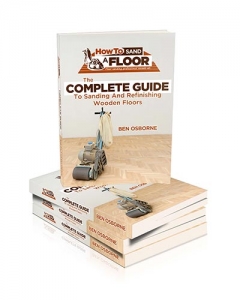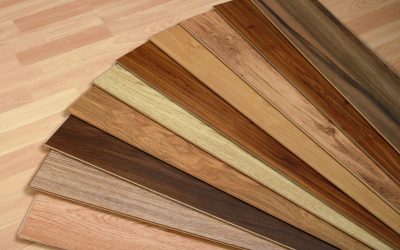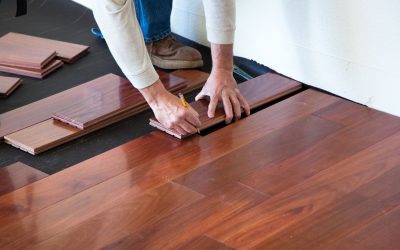When it comes to adding warmth, comfort, and aesthetic appeal to a space, carpet flooring is a top contender among homeowners and interior designers alike. From residential homes to commercial establishments, carpet flooring provides a plethora of advantages. In this comprehensive guide, we’ll cover everything you need to know about carpet flooring, from types and trends to maintenance, costs, and more.
Types and Styles of Carpet Flooring
Materials
Carpet flooring comes in a wide range of materials, each with its distinct advantages:
Wool Carpets
Renowned for their luxury and durability, wool carpets are eco-friendly and highly resilient to traffic.
Nylon Carpets
Offering excellent resilience and stain resistance, nylon is a popular choice for high-traffic areas.
Polyester Carpets
Known for their softness and color clarity, polyester carpets are hypoallergenic and often made from recycled materials.
Olefin Carpets
Affordable and resistant to moisture, olefin is suitable for both indoor and outdoor carpeting.
Styles: The carpet style significantly influences its appearance and performance:
Berber Carpets
With its looped style and speckled color patterns, Berber carpets are durable and ideal for high-traffic areas.
Frieze Carpets
Characterized by twisted fibers, frieze carpets provide a soft feel and casual look, excellent for bedrooms.
Plush Carpets
Known for their luxurious feel, plush carpets have an even, smooth texture but show footprints and vacuum tracks.
Cut and Loop Carpets
This style combines cut and looped fibers to create patterns and textures, adding visual interest to a room.
Carpet Flooring Trends
The world of carpet flooring trends is ever-evolving, with a current shift towards sustainable carpeting and bold patterns. Carpets made from recycled or natural materials are gaining popularity, reinforcing the push towards environmentally friendly interior design. Additionally, geometric patterns and high-contrast color combinations are making waves in the carpet industry.
Carpet Installation and Costs
Carpet installation requires careful planning, starting from room measurements to choosing the right carpet padding for added comfort and longevity. While DIY carpet installation can be a budget-friendly option, professional installation ensures optimal results.
Carpeting costs vary depending on the material, style, and installation charges. On average, carpet prices can range from $2 to $5 per square foot, with additional costs for underlay and installation.
Carpet Maintenance and Cleaning
To maintain the beauty and extend the lifespan of your carpet, regular vacuuming is essential. Professional deep cleaning every 12 to 18 months can keep your carpet in top shape. Moreover, immediate attention to stains increases the likelihood of successful removal.
Health and Environmental Considerations
Carpet flooring can impact indoor air quality. Therefore, choosing low-VOC (volatile organic compounds) carpets or those with natural fibers can be beneficial for allergy sufferers. Meanwhile, sustainable carpeting options such as wool or carpets made from recycled materials are excellent for those seeking eco-friendly choices.
Conclusion
Understanding the world of carpet flooring opens up a myriad of options that go beyond color and pattern. From the carpet materials and styles to the steps involved in installation and care, the right knowledge will help you make an informed decision for your next carpeting project.
Whether you’re revamping your home’s look or seeking carpet flooring solutions for commercial spaces, keep this guide handy to navigate through the process effortlessly. Remember, the right carpet can not only enhance the look of your space but also provide comfort, sound absorption, and insulation. Choose wisely!





